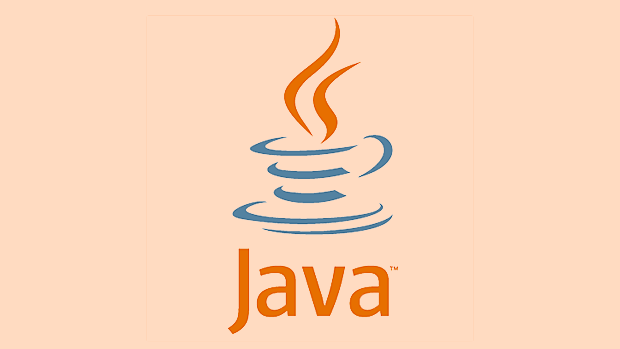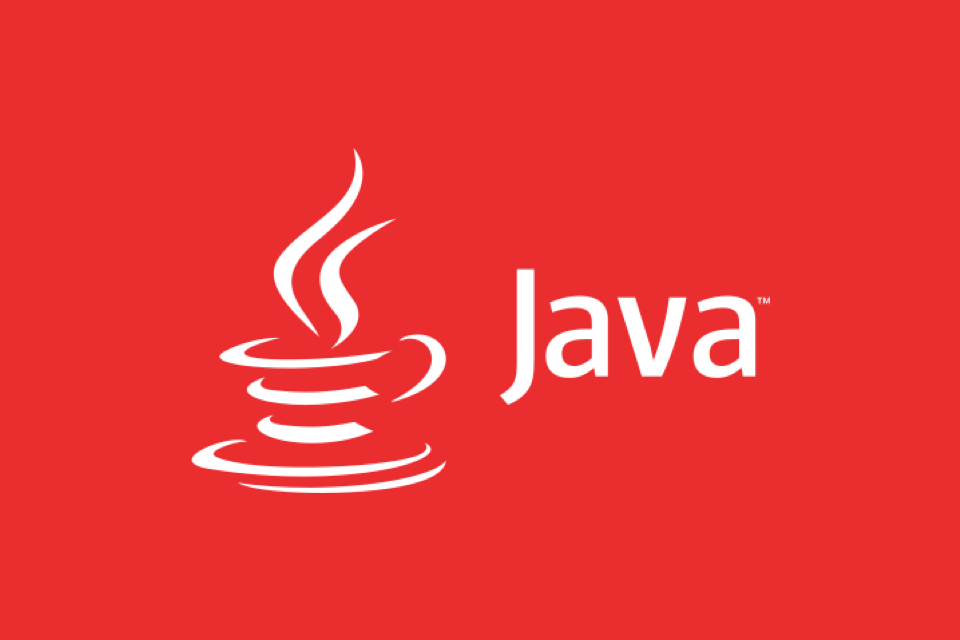How does garbage collection work in Java?
Aug 02, 2025 pm 01:55 PMJava's garbage collection (GC) is a mechanism that automatically manages memory, which reduces the risk of memory leakage by reclaiming unreachable objects. 1. GC judges the accessibility of the object from the root object (such as stack variables, active threads, static fields, etc.), and unreachable objects are marked as garbage. 2. Based on the mark-clearing algorithm, mark all reachable objects and clear unmarked objects. 3. Adopt the generational collection strategy: the new generation (Eden, S0, S1) frequently executes Minor GC; the elderly performs less but takes longer time; the Metaspace stores class metadata. 4. JVM provides a variety of GC devices: Serial GC is suitable for small applications; Parallel GC improves throughput; CMS reduces pause time (Java 14 is abandoned); G1 GC is suitable for large heaps and controls pause time; ZGC and Shenandoah support super large heaps and extremely short pause time. 5. GC trigger conditions include Eden area full, promotion failure or System.gc() call (for suggestions only). 6. The finalize() method has been deprecated, and reference types such as WeakReference can finely control the object life cycle. In short, Java GC manages memory by automatically recycling objects that are no longer referenced, and developers do not need to manually release them. Understanding the GC mechanism helps optimize performance and troubleshoot problems.

Garbage collection (GC) in Java is the automatic process of reclaiming memory by destroying unused or unreachable objects. It helps developers manage memory without manually allocating and deallocating it, reducing the risk of memory leaks and dangling points.

Java's garbage collection works primarily on the heap , where all objects are stored. The JVM (Java Virtual Machine) uses a garbage collector to identify and remove objects that are no longer reachable from any live thread or static reference.
Here's how it works in practice:

1. Object Reachability and the Root Set
Garbage collection starts by determining which objects are still reachable . An object is considered reachable if it can be accessed through a chain of references starting from root objects , such as:
- Local variables in the stack frames of active threads
- Active Java threads
- Static fields
- JNI (Java Native Interface) references
If an object cannot be reached from any of these roots, it's considered garbage and eligible for collection.

2. Mark-and-Sweep Algorithm (Conceptual Basis)
Most GC algorithms are based on the mark-and-sweep approach:
- Mark phase : The GC traverses all reachable objects starting from the root set and marks them as "alive."
- Sweep phase : The GC scans the heap and reclaims memory from unmarked (ie, unreachable) objects.
This basic method avoids deleting objects that are still in use.
3. General Garbage Collection
Java's heap is divided into generations based on the object lifetime observation (most objects die young):
- Young Generation : Where new objects are created.
- Divided into: Eden space and two Survivor spaces (S0 and S1).
- Minor GC occurs here frequently.
- Old (Tenured) Generation : Holds long-lived objects that have survived multiple GC cycles.
- Major GC or Full GC runs here less frequently but take longer.
- Metaspace (replaced PermGen in Java 8): Stores class metadata, not regular objects.
When an object survives several garbage collection cycles in the young generation, it gets promoted to the old generation.
4. Types of Garbage Collectors in JVM
Java provides different GC implementations optimized for various use cases:
- Serial GC : Simple, single-threaded collector. Best for small applications.
- Parallel GC (Throughput Collector) : Uses multiple threads for minor and major collections. Good for maximizing throughput.
- CMS (Concurrent Mark-Sweep) : Minimizes pause times by doing most of its work concurrently (deprecated as of Java 14).
- G1 GC (Garbage-First) : Designed for large heaps with predictable pause times. Divides heap into regions and prioritizes collection from regions with the most garbage.
- ZGC (Z Garbage Collector) : Scalable low-latency collector that can handle very large heaps (terabytes) with pause times under 10ms.
- Shenandoah : Another low-pause collector that does concurrent compaction.
5. How GC Is Triggered
Garbage collection is triggered automatically when:
- The Eden space fills up (triggers minor GC).
- Promotion from young to old generation fails due to lack of space (triggers major GC).
- Application calls
System.gc()(hint only — not guaranteed to run).
Note: Calling System.gc() doesn't force GC; it only suggests that the JVM consider running it.
6. Finalization and Weak References
- Objects with finalizers (
finalize()method) may delay collection, as they are queued for finalization before being reclaimed (this method is deprecated since Java 9). - Java also supports reference types like
WeakReference,SoftReference, andPhantomReferencethat allows fine-grained control over object lifecycle and GC behavior.
In short, Java garbage collection automates memory management by tracking object reachability and reclaiming unused memory, using generational strategies and various GC algorithms to balance throughput, latency, and scalability. You don't need to free memory manually, but understanding GC helps write efficient code and troubleshoot performance issues.
Basically, if you stop referencing an object, the GC will eventually clean it up — when it decides it's the right time.
The above is the detailed content of How does garbage collection work in Java?. For more information, please follow other related articles on the PHP Chinese website!

Hot AI Tools

Undress AI Tool
Undress images for free

Undresser.AI Undress
AI-powered app for creating realistic nude photos

AI Clothes Remover
Online AI tool for removing clothes from photos.

Clothoff.io
AI clothes remover

Video Face Swap
Swap faces in any video effortlessly with our completely free AI face swap tool!

Hot Article

Hot Tools

Notepad++7.3.1
Easy-to-use and free code editor

SublimeText3 Chinese version
Chinese version, very easy to use

Zend Studio 13.0.1
Powerful PHP integrated development environment

Dreamweaver CS6
Visual web development tools

SublimeText3 Mac version
God-level code editing software (SublimeText3)

Hot Topics
 css dark mode toggle example
Jul 30, 2025 am 05:28 AM
css dark mode toggle example
Jul 30, 2025 am 05:28 AM
First, use JavaScript to obtain the user system preferences and locally stored theme settings, and initialize the page theme; 1. The HTML structure contains a button to trigger topic switching; 2. CSS uses: root to define bright theme variables, .dark-mode class defines dark theme variables, and applies these variables through var(); 3. JavaScript detects prefers-color-scheme and reads localStorage to determine the initial theme; 4. Switch the dark-mode class on the html element when clicking the button, and saves the current state to localStorage; 5. All color changes are accompanied by 0.3 seconds transition animation to enhance the user
 VSCode settings.json location
Aug 01, 2025 am 06:12 AM
VSCode settings.json location
Aug 01, 2025 am 06:12 AM
The settings.json file is located in the user-level or workspace-level path and is used to customize VSCode settings. 1. User-level path: Windows is C:\Users\\AppData\Roaming\Code\User\settings.json, macOS is /Users//Library/ApplicationSupport/Code/User/settings.json, Linux is /home//.config/Code/User/settings.json; 2. Workspace-level path: .vscode/settings in the project root directory
 css dropdown menu example
Jul 30, 2025 am 05:36 AM
css dropdown menu example
Jul 30, 2025 am 05:36 AM
Yes, a common CSS drop-down menu can be implemented through pure HTML and CSS without JavaScript. 1. Use nested ul and li to build a menu structure; 2. Use the:hover pseudo-class to control the display and hiding of pull-down content; 3. Set position:relative for parent li, and the submenu is positioned using position:absolute; 4. The submenu defaults to display:none, which becomes display:block when hovered; 5. Multi-level pull-down can be achieved through nesting, combined with transition, and add fade-in animations, and adapted to mobile terminals with media queries. The entire solution is simple and does not require JavaScript support, which is suitable for large
 css full page layout example
Jul 30, 2025 am 05:39 AM
css full page layout example
Jul 30, 2025 am 05:39 AM
Full screen layout can be achieved using Flexbox or Grid. The core is to make the minimum height of the page the viewport height (min-height:100vh); 2. Use flex:1 or grid-template-rows:auto1frauto to make the content area occupy the remaining space; 3. Set box-sizing:border-box to ensure that the margin does not exceed the container; 4. Optimize the mobile experience with responsive media query; this solution is compatible with good structure and is suitable for login pages, dashboards and other scenarios, and finally realizes a full screen page layout with vertical centering and full viewport.
 Full-Stack Web Development with Java, Spring Boot, and React
Jul 31, 2025 am 03:33 AM
Full-Stack Web Development with Java, Spring Boot, and React
Jul 31, 2025 am 03:33 AM
Selecting the Java SpringBoot React technology stack can build stable and efficient full-stack web applications, suitable for small and medium-sized to large enterprise-level systems. 2. The backend uses SpringBoot to quickly build RESTfulAPI. The core components include SpringWeb, SpringDataJPA, SpringSecurity, Lombok and Swagger. The front-end separation is achieved through @RestController returning JSON data. 3. The front-end uses React (in conjunction with Vite or CreateReactApp) to develop a responsive interface, uses Axios to call the back-end API, and ReactRouter
 How to handle transactions in Java with JDBC?
Aug 02, 2025 pm 12:29 PM
How to handle transactions in Java with JDBC?
Aug 02, 2025 pm 12:29 PM
To correctly handle JDBC transactions, you must first turn off the automatic commit mode, then perform multiple operations, and finally commit or rollback according to the results; 1. Call conn.setAutoCommit(false) to start the transaction; 2. Execute multiple SQL operations, such as INSERT and UPDATE; 3. Call conn.commit() if all operations are successful, and call conn.rollback() if an exception occurs to ensure data consistency; at the same time, try-with-resources should be used to manage resources, properly handle exceptions and close connections to avoid connection leakage; in addition, it is recommended to use connection pools and set save points to achieve partial rollback, and keep transactions as short as possible to improve performance.
 Java Performance Optimization and Profiling Techniques
Jul 31, 2025 am 03:58 AM
Java Performance Optimization and Profiling Techniques
Jul 31, 2025 am 03:58 AM
Use performance analysis tools to locate bottlenecks, use VisualVM or JProfiler in the development and testing stage, and give priority to Async-Profiler in the production environment; 2. Reduce object creation, reuse objects, use StringBuilder to replace string splicing, and select appropriate GC strategies; 3. Optimize collection usage, select and preset initial capacity according to the scene; 4. Optimize concurrency, use concurrent collections, reduce lock granularity, and set thread pool reasonably; 5. Tune JVM parameters, set reasonable heap size and low-latency garbage collector and enable GC logs; 6. Avoid reflection at the code level, replace wrapper classes with basic types, delay initialization, and use final and static; 7. Continuous performance testing and monitoring, combined with JMH
 A Guide to Java Flight Recorder (JFR) and Mission Control
Jul 31, 2025 am 04:42 AM
A Guide to Java Flight Recorder (JFR) and Mission Control
Jul 31, 2025 am 04:42 AM
JavaFlightRecorder(JFR)andJavaMissionControl(JMC)providedeep,low-overheadinsightsintoJavaapplicationperformance.1.JFRcollectsruntimedatalikeGCbehavior,threadactivity,CPUusage,andcustomeventswithlessthan2%overhead,writingittoa.jfrfile.2.EnableJFRatsta






